The Lost Trails
Member
- Joined
- Nov 27, 2021
- Messages
- 14
- Reaction score
- 36
Located on Krk island in Croatia, this multimillion dollar hotel and resort complex was the most elite tourist facility in the former Yugoslavia. It was a project designed down to the smallest detail and envisioned by Bob Guccione, the founder of Penthouse magazine. Guccione's intention was to build a grand hotel complex that would bring rich foreign tourists into the unexpected luxury of socialist Yugoslavia. In the mints of the Cold War, he decided to invest 45 million dollars (250 million today) to build a luxurious gambling hotel on the Yugoslavian coast, complete with Penthouse Pets who would serve the elite guests. The complex was composed of two hotels, Palace and Tamaris that together shared 1800 beds, two swimming pools, 17 tennis courts, a mini golf course, bowling alley, casino and a beach bar.
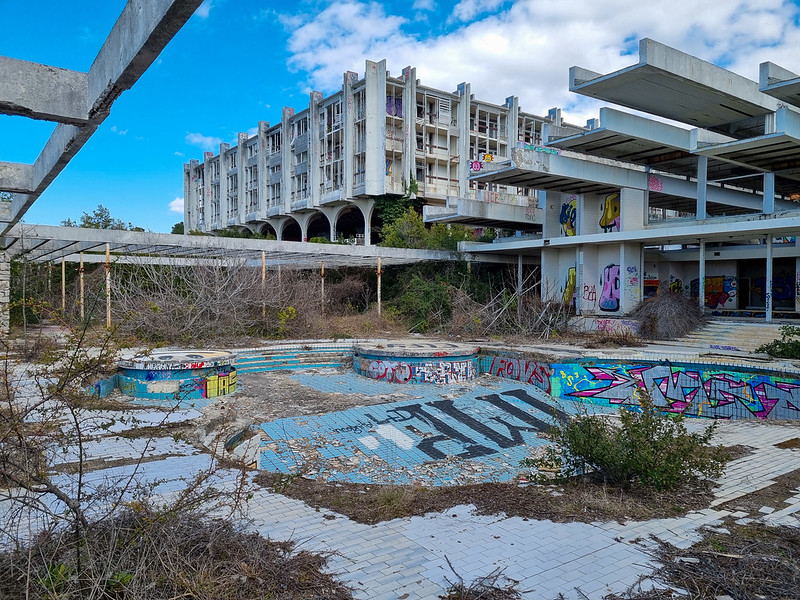
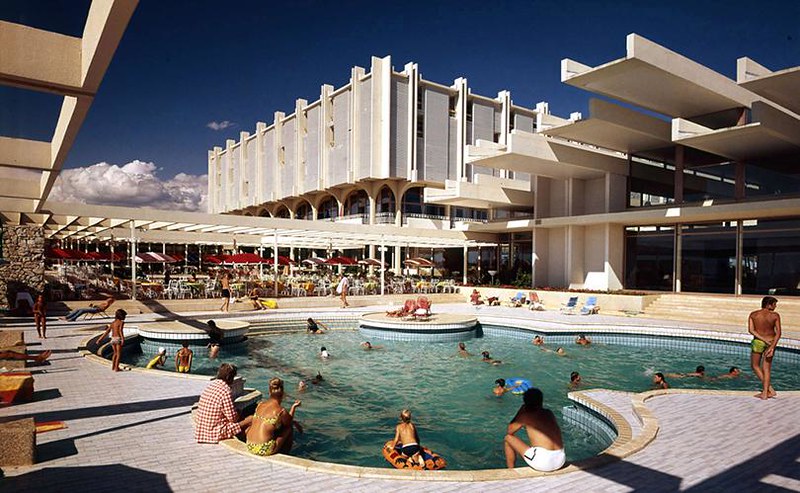
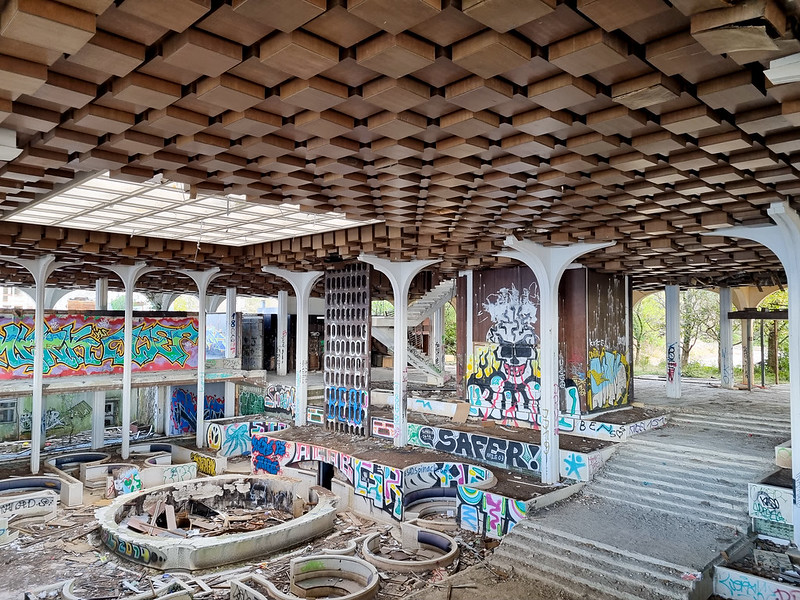
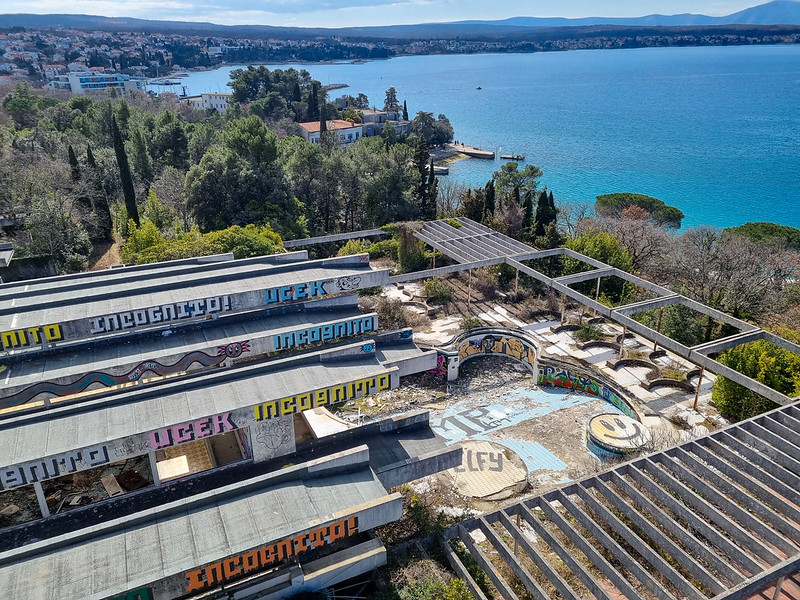
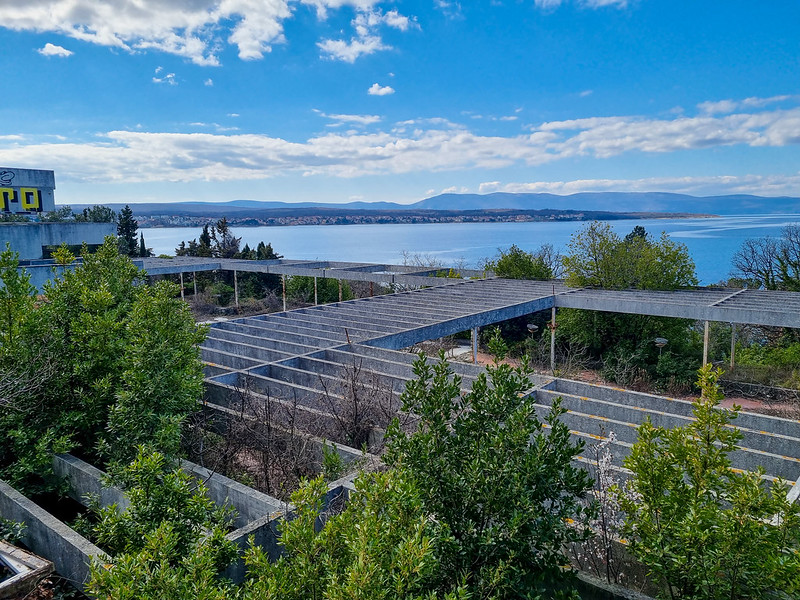
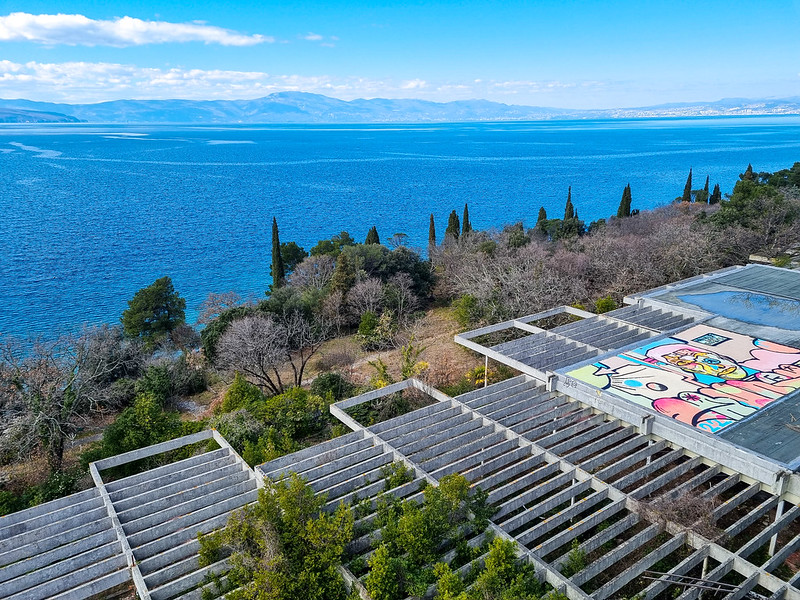
After it's completion in 1971, it became an instant success, with locals retelling stories of pools filled with champagne and wild parties. The high lite of many guests was the Penthouse casino located in the center of Palace which could be compared to the finest casinos in Las Vegas and other major gambling centers. In those first years of operation, wealthy guests from all over the world apparently consumed about 100 kg of lobster and 50 kg of caviar per night. One of the most famous guests was the former Iraqi president Saddam Hussein, who reportedly left a $2,000 tip and his son a gun under his pillow.
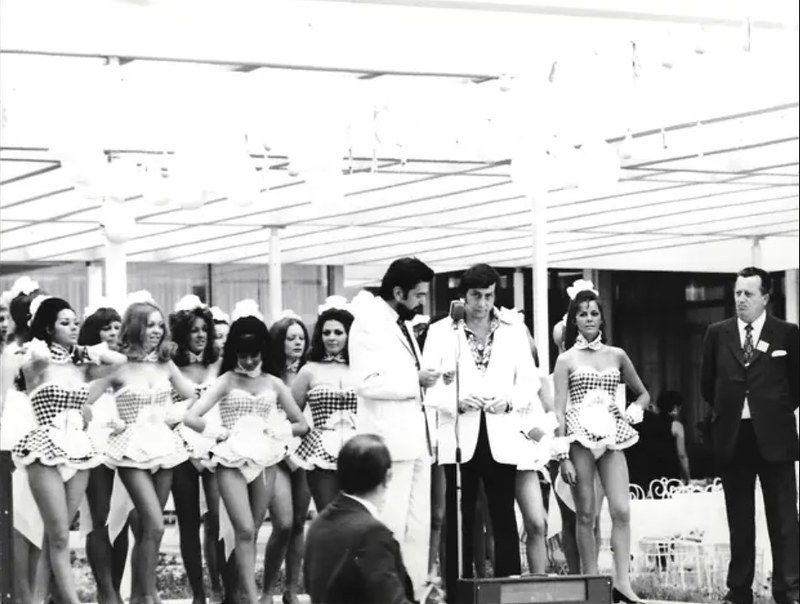
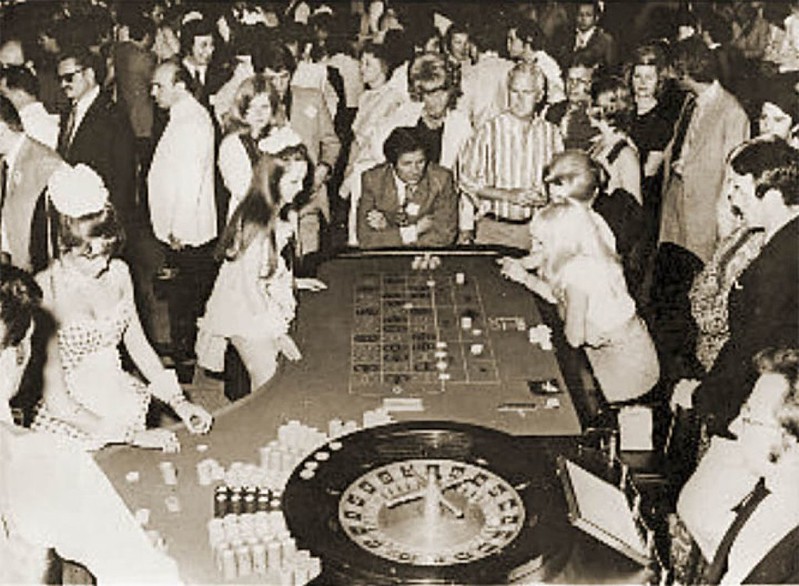
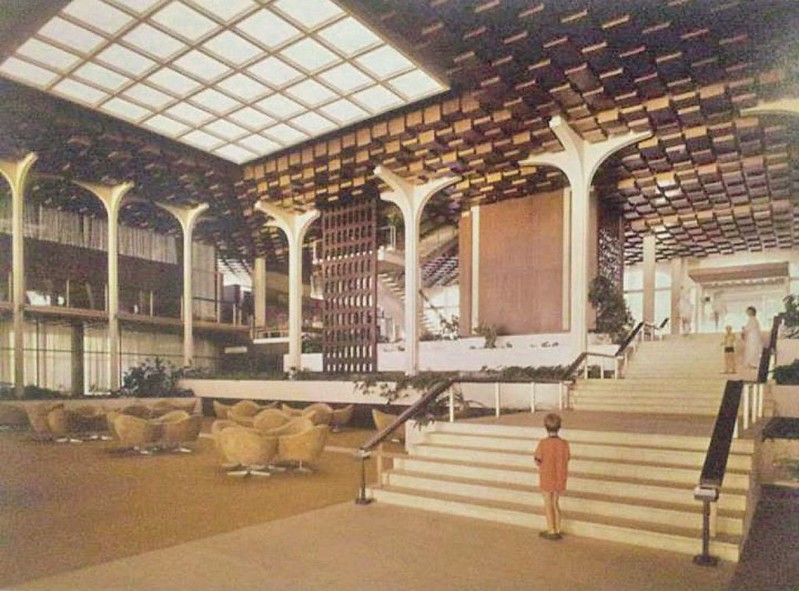
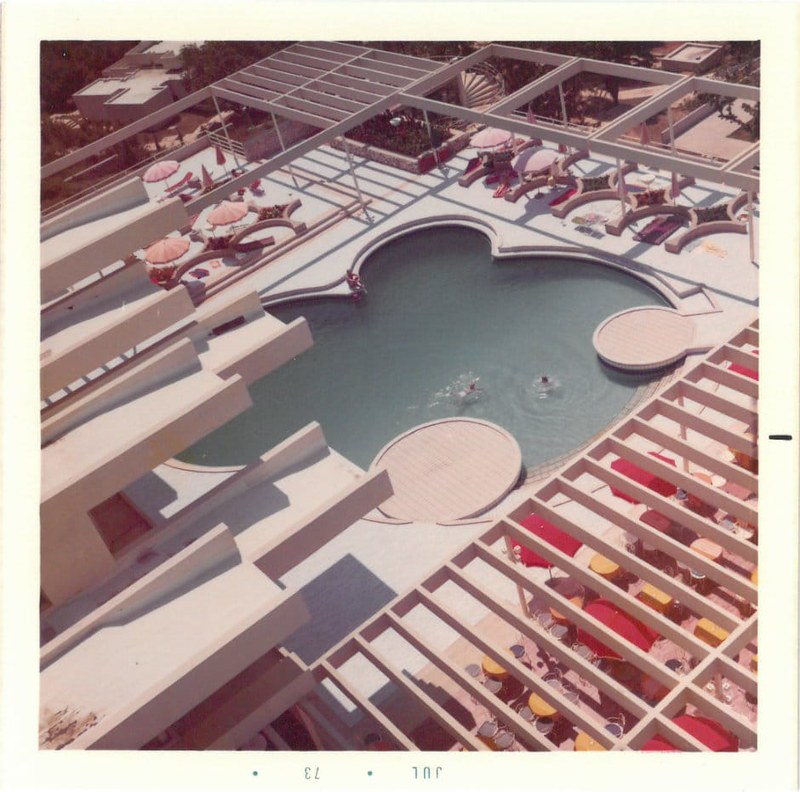
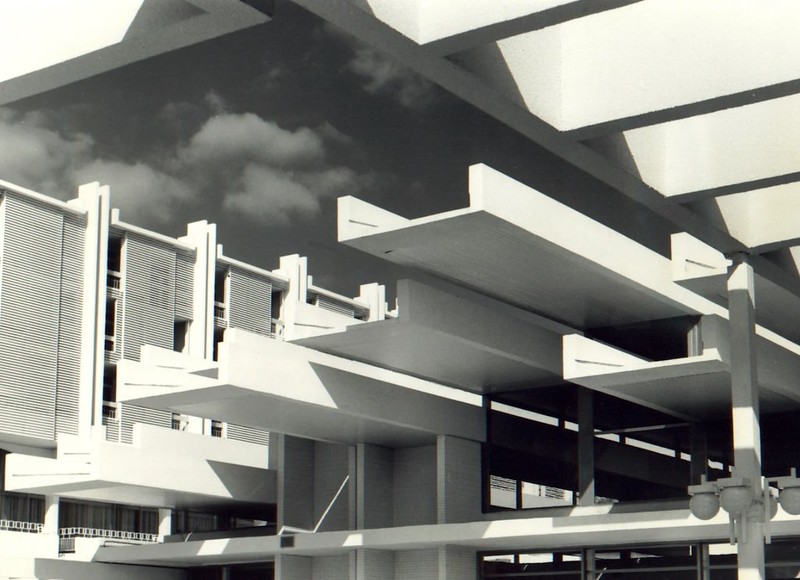
However, the casino went bankrupt after only a year and Guccione was forced to abandon his dream hotel due to unsustainable costs and the alleged inability to provide his foreign guests with everything they were used to, which could not be purchased in the communist state. Following his withdrawal, the complex turned to mass tourism to avoid bankruptcy and for the first time, local tourist could visit it, have a drink or swim on the beach. But Haludovos demise began with the fall of the former state.
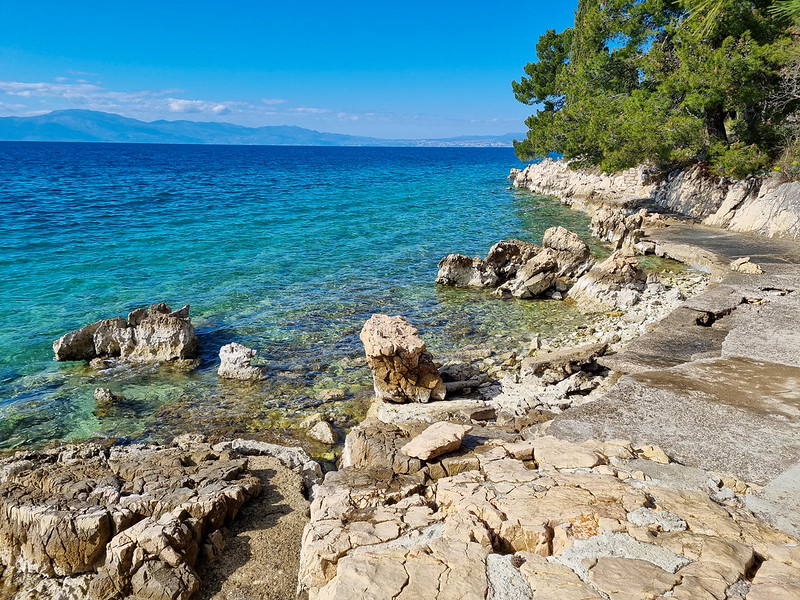
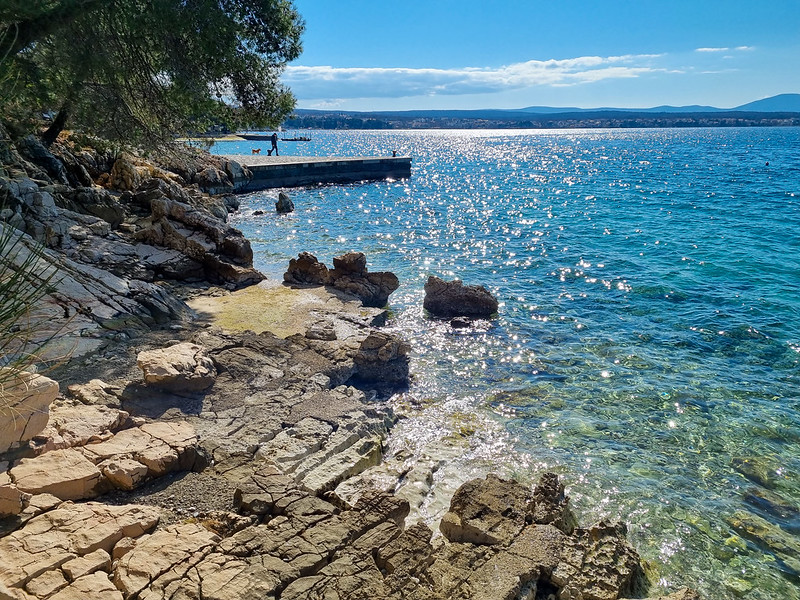
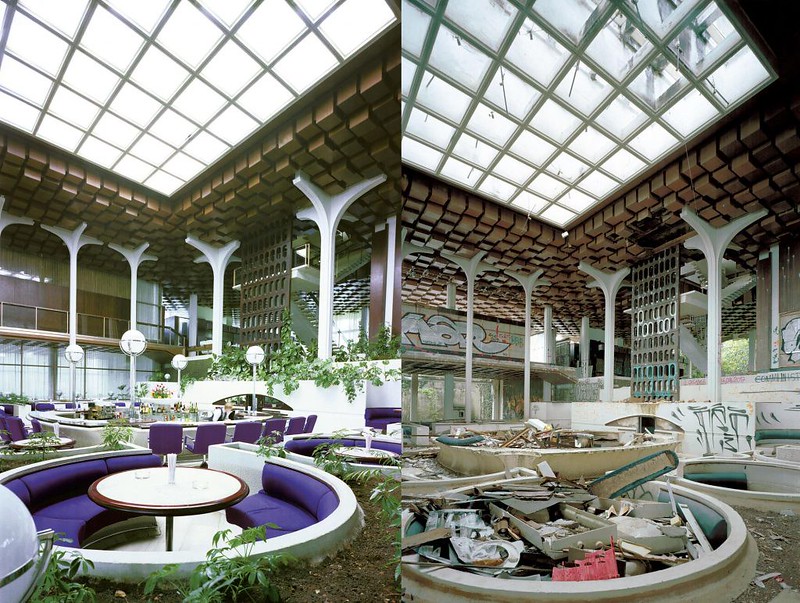
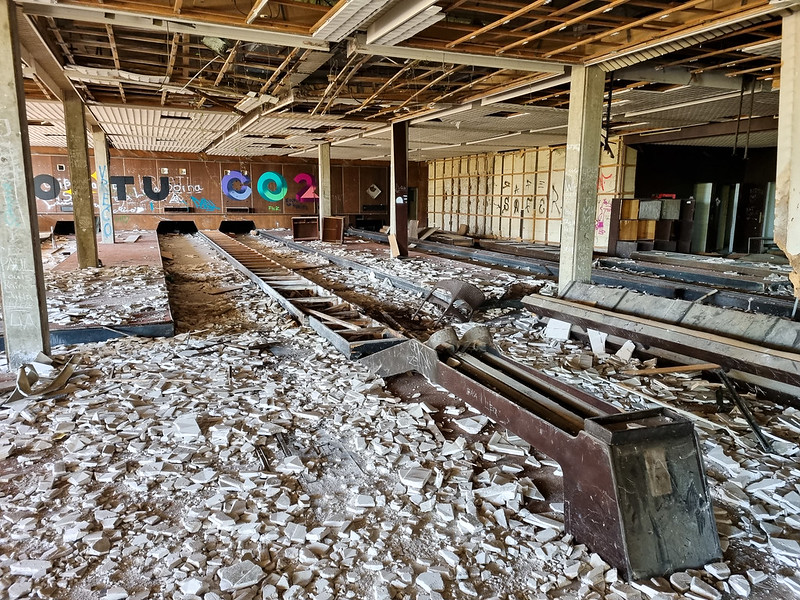
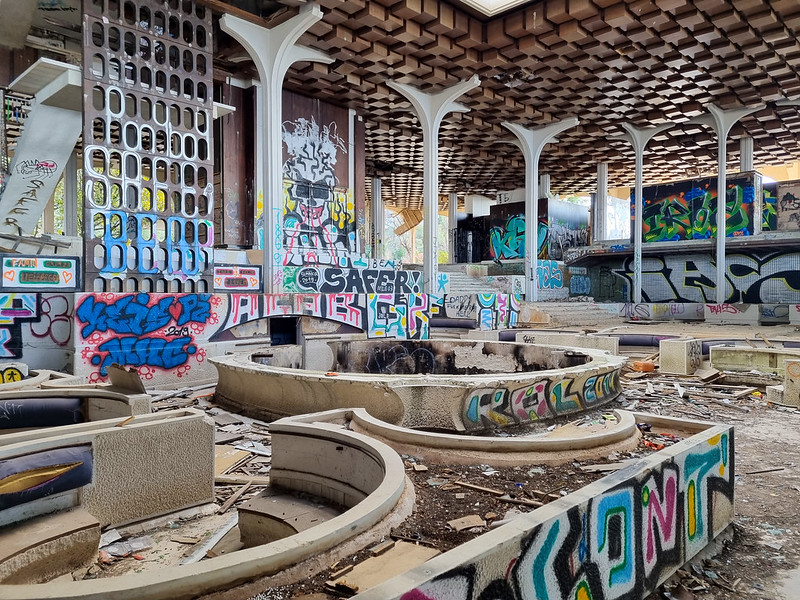
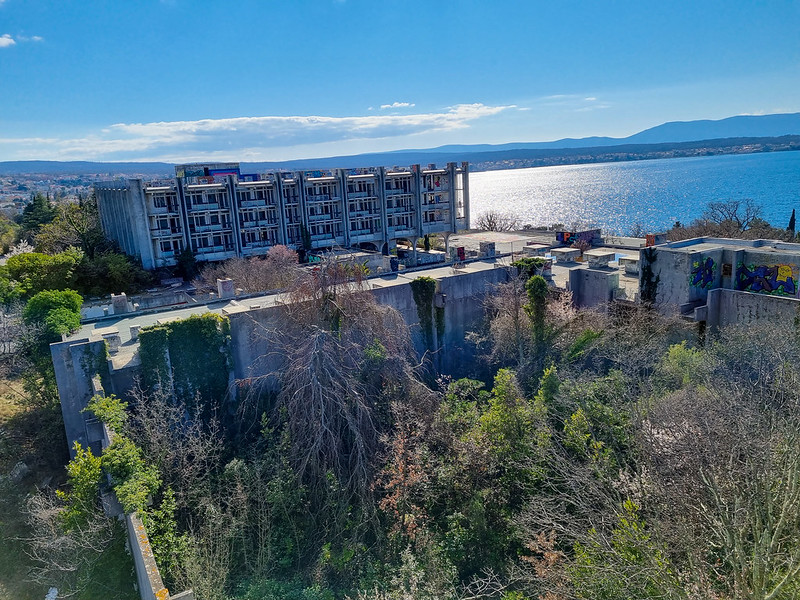
During the Yugoslav wars it was used as a shelter for refugees and the subsequent privatization gave the final blow to the complex which hosted its last few guests in 2001. The new owner started selling all the useful inventory of the hotel at a local auction, which was bought by the locals for their apartments, and with each piece sold, Haludovo lost what little chance it had to return as a tourist resort. Today, amongst all the destruction and vandalism, the main buildings still remain standing as a creepy reminder of the once elite destination. If you are interested in the video exploration of the place, with the complete history and old video footage, you can check it out here:






After it's completion in 1971, it became an instant success, with locals retelling stories of pools filled with champagne and wild parties. The high lite of many guests was the Penthouse casino located in the center of Palace which could be compared to the finest casinos in Las Vegas and other major gambling centers. In those first years of operation, wealthy guests from all over the world apparently consumed about 100 kg of lobster and 50 kg of caviar per night. One of the most famous guests was the former Iraqi president Saddam Hussein, who reportedly left a $2,000 tip and his son a gun under his pillow.





However, the casino went bankrupt after only a year and Guccione was forced to abandon his dream hotel due to unsustainable costs and the alleged inability to provide his foreign guests with everything they were used to, which could not be purchased in the communist state. Following his withdrawal, the complex turned to mass tourism to avoid bankruptcy and for the first time, local tourist could visit it, have a drink or swim on the beach. But Haludovos demise began with the fall of the former state.






During the Yugoslav wars it was used as a shelter for refugees and the subsequent privatization gave the final blow to the complex which hosted its last few guests in 2001. The new owner started selling all the useful inventory of the hotel at a local auction, which was bought by the locals for their apartments, and with each piece sold, Haludovo lost what little chance it had to return as a tourist resort. Today, amongst all the destruction and vandalism, the main buildings still remain standing as a creepy reminder of the once elite destination. If you are interested in the video exploration of the place, with the complete history and old video footage, you can check it out here:

































